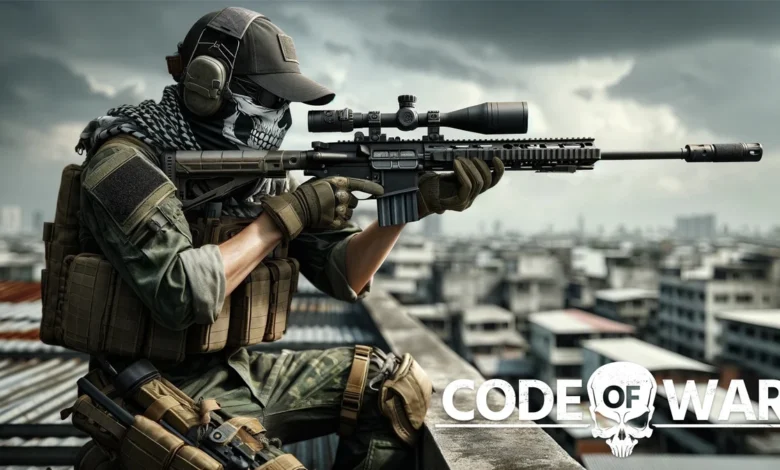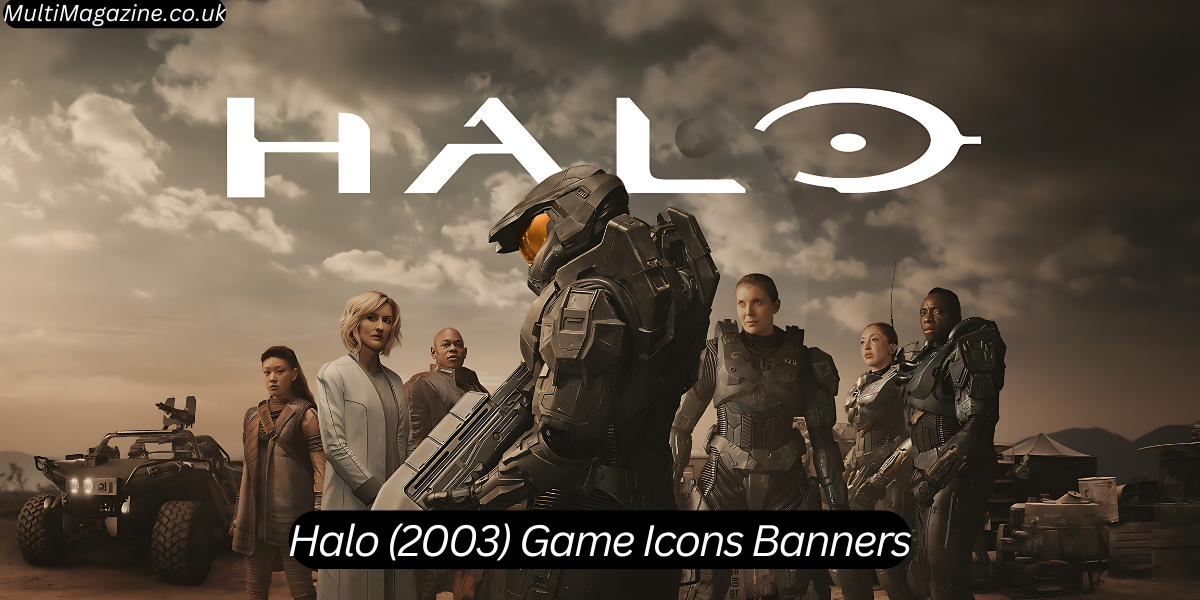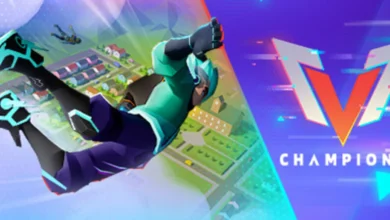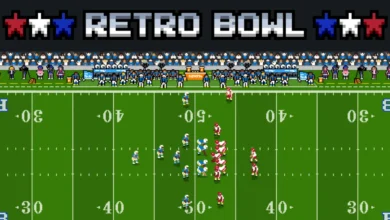Halo (2003) Game Icons Banners: A Look Back at Iconic Visuals in Gaming History

Halo (2003) Game Icons Banners Released in 2003, Halo (2003) Game Icons Banners: Combat Evolved revolutionized the gaming world, not just with its gameplay but also with its compelling visual identity. The game’s icons and banners have become iconic representations of the brand, setting the standard for many future video games. This article dives into the significance of these visual elements, their impact on Halo’s success, and why they still hold relevance in the gaming community today.
The Importance of Visuals in Gaming
Visuals in video games do more than simply make things look good; they help to define the identity of a game. Banners and icons, in particular, play a crucial role in building this identity. For Halo (2003) Game Icons Banners, these elements became synonymous with the game’s universe, extending beyond just the game to represent an entire franchise.
In the early 2000s, when Halo was released, the gaming industry was still defining itself in terms of branding and visual marketing. Halo’s icons and banners managed to set themselves apart from the rest of the market by offering a visual appeal that was simple, clean, and highly recognizable. This made it easy for players to associate the imagery with the game, fostering a connection that was both emotional and enduring.
The Icons of Halo (2003) Game Icons Banners

The Halo (2003) Game Icons Banners were meticulously designed to encapsulate the essence of the game’s universe. The main icon associated with Halo is the instantly recognizable logo featuring the name “Halo” in sleek, futuristic typography, often set against a cosmic backdrop. This image not only represented the game but also captured the attention of a broad audience, from hardcore gamers to casual players.
- Master Chief Helmet: One of the most iconic visuals in the Halo series, the helmet of Master Chief, became a symbol for the game. Simple yet powerful, it represented the courage and strength of the game’s protagonist. This helmet appeared in various forms of game-related media, including cover art, promotional materials, and within the game itself.
- The Halo Ring: Another crucial icon is the image of the Halo Ring itself. This ring-shaped world serves as the central focus of the game’s storyline and thus became a central visual symbol for the franchise. Its distinct design allowed it to stand out among other sci-fi games, with fans immediately recognizing it as a part of the Halo universe.
- UNSC Logo: Representing the military arm in the Halo universe, the United Nations Space Command (UNSC) logo played a significant role in the game’s visual storytelling. The logo, a stylized eagle with stars, served as a reminder of the military-centric themes of the game, giving players a visual cue tied to humanity’s resistance against the alien Covenant forces.
Halo Banners: Defining a Franchise
In addition to the game’s icons, banners associated with Halo served as a crucial marketing tool. From the digital realm to physical banners displayed at gaming events, the visuals tied to Halo were synonymous with quality and excitement in the gaming community.
The banners typically featured Master Chief prominently in action poses, often in front of explosions, battleships, or alien landscapes. These banners succeeded in capturing the energy and epic scale of the game, ensuring that players understood Halo was more than just another first-person shooter—it was an experience.
Design Consistency Across the Franchise
One of the reasons these banners were so effective is that they maintained a consistent design language across the entire franchise. Whether it was a promotional banner for Halo (2003) Game Icons Banners or later titles like Halo 2 or Halo 3, the colors, typography, and main elements stayed true to the brand, reinforcing the game’s identity over time.
Impact on Gaming Culture
The icons and banners from Halo (2003) Game Icons Banners have had a lasting influence not just on the franchise but on gaming culture as a whole. These visuals are still used today, 20 years later, in remastered versions of the game, fan art, and even in modern merchandise like action figures, posters, and clothing.
The design elements from the original Halo game helped set a precedent for other game franchises. The way Bungie, the developers of Halo, used these visuals to engage and attract an audience became a model for other studios. Modern games like Destiny (also developed by Bungie) and Call of Duty have similarly leaned on iconic logos and banners to establish their brands, showing the far-reaching impact of Halo‘s early visual successes.
Why the Visuals Still Resonate Today
The banners and icons from Halo (2003) Game Icons Banners have achieved an almost timeless quality. Fans of the original game still recognize and appreciate these designs, and they continue to be an integral part of the Halo experience for newer players as well. Their simple yet effective design allowed them to transcend the typical shelf life of a video game visual and helped create a brand that feels both classic and modern.
As the Halo franchise continues to evolve with new games, TV adaptations, and other media, the visuals from Halo (2003) Game Icons Banners act as a nostalgic touchstone for fans. This connection to the past keeps the original game’s spirit alive, ensuring that its banners and icons remain a lasting part of video game history.
Conclusion
The banners and icons from Halo (2003) Game Icons Banners are more than just visual elements—they are a part of gaming history. Their influence stretches beyond the game itself, shaping how future video games approached branding and visual identity. As we look back at these iconic symbols, it’s clear that their design and impact will continue to resonate with gamers for many years to come.




